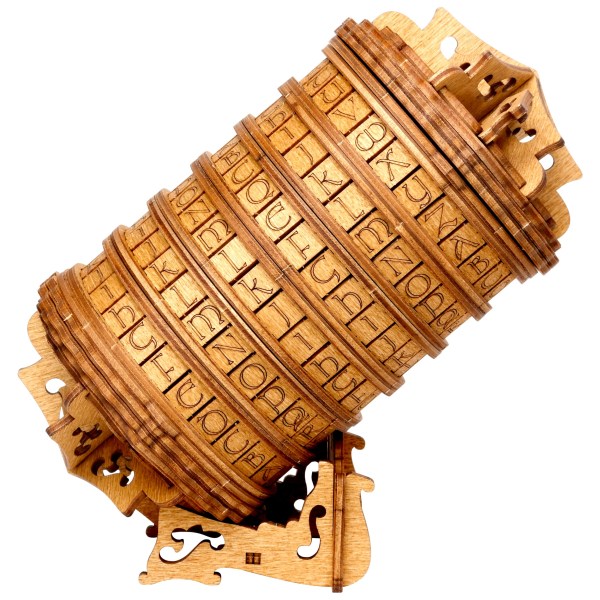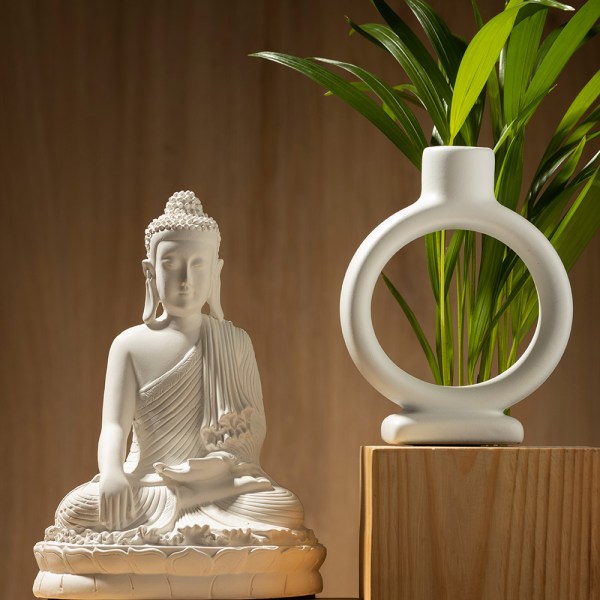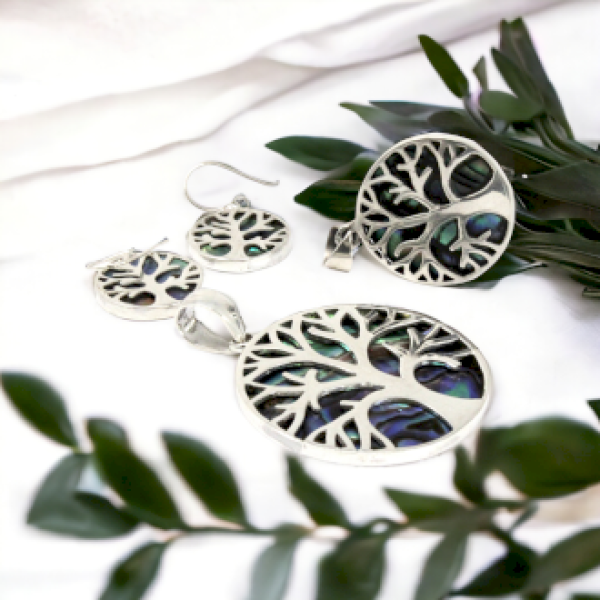Slit Drums
About Slit Drums:
The slit drum is a struck idiophone. Despite being called a drum, it does not belong to the membrane-based membranophones but has a similar sound, striking method, and function. Depending on the location of the strike, the slit drum can produce one, two, or more tones of different pitches. Its sizes vary: the largest slit drums can be up to six meters long and two meters wide, while the smallest can be just a few centimeters or even smaller.
Structure and Functioning of Slit Drums
The slit drum consists of a carved, hollow wooden body (or bamboo or metal tube) with one or more elongated slits or openings on its surface. These slits serve a dual purpose: they weaken the body of the instrument to allow freer vibrations and, by creating a resonating cavity, enhance the sound by opening the internal space. Through the proper alignment of body and cavity sounds, the vibrations produced when the body is struck radiate as high-intensity sound. Larger slit drums can be heard up to 5-10 kilometers away, making them suitable for signaling and even message transmission. Such slit drums are also known as talking drums.
Methods of Playing the Slit Drum
Slit drums are most commonly played with mallets, but in some ancient instrument types, the sound is produced by striking with the foot.
Historical and Geographical Spread of Slit Drums
Slit drums were originally used in Africa, Central and South America, Oceania, Southeast Asia, and the Far East. Some types are now standard instruments in Western classical and popular music as well.
African Slit Drums
In Africa, the use of the slit drum is most characteristic of the equatorial region. The instrument comes in various shapes: cylindrical, trapezoidal, animal-shaped, tulip, crescent, croissant, and boat-shaped. Typically, there is a single narrow slit running the length of the instrument, and its two edges, or "lips," can be struck with a mallet. The two lips produce different pitches due to varying wall thicknesses. African slit drums are made of wood and are often used for message transmission, with smaller ones used for dance accompaniment or ritual purposes.
American Slit Drums
In America, the slit drum is known as teponaztli in Nahuatl, tunkul in Maya, and cuiringua in Purepecha. The Aztecs and Maya used an H-shaped slit drum made from a hollowed wooden trunk with two tongue-like extensions. The cavity was hollowed out through an opening at the bottom of the instrument and played with a rubber-headed mallet. Amazonian peoples use cylindrical slit drums for message transmission.
Oceanic Slit Drums
In Oceania, cylindrical slit drums with longitudinal slits are common and are carved from wood. They are widespread in New Guinea and the Fiji Islands, often boat- or canoe-shaped, and used for message transmission. Smaller slit drums are made of bamboo.
Asian Slit Drums
In Southeast Asia, slit drums can be made of bamboo or wood. In Indonesia, slit drums often take on male, female, or even phallic forms. The most varied forms are the human-shaped drums. In China, Vietnam, Korea, and Japan, Buddhist monks strike small, round slit drums while reciting their sutras.
Scientific Names
In international literature, slit drums are referred to by various names, none of which fully encompass the definition. For example, in English, they are known as slit drum, slit gong, or wooden drum; in German, they are Schlitztrommel, Schlitzpauke, and Holztrommel. In Hungarian, they are most commonly known as résdob, fadob, jelződob, or beszélő dob.
The slit drum is a versatile instrument found in various cultures, contributing to musical diversity with its unique sound and function. Originally used for message transmission and ceremonial purposes, it is now also present in various modern music styles.







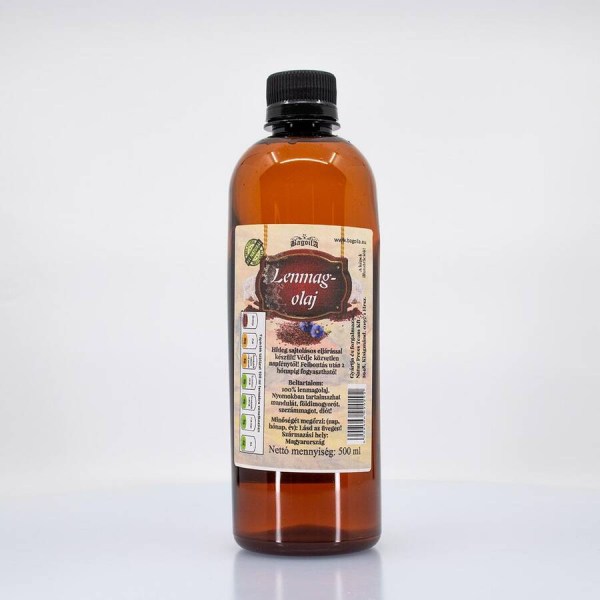








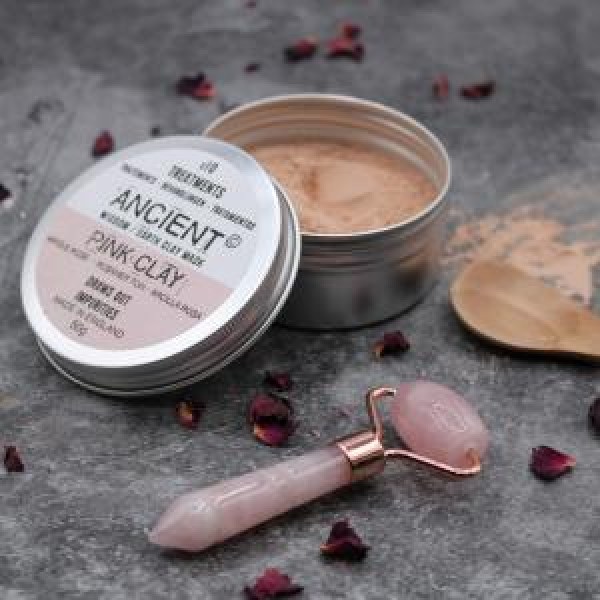
_600x600.jpg)



